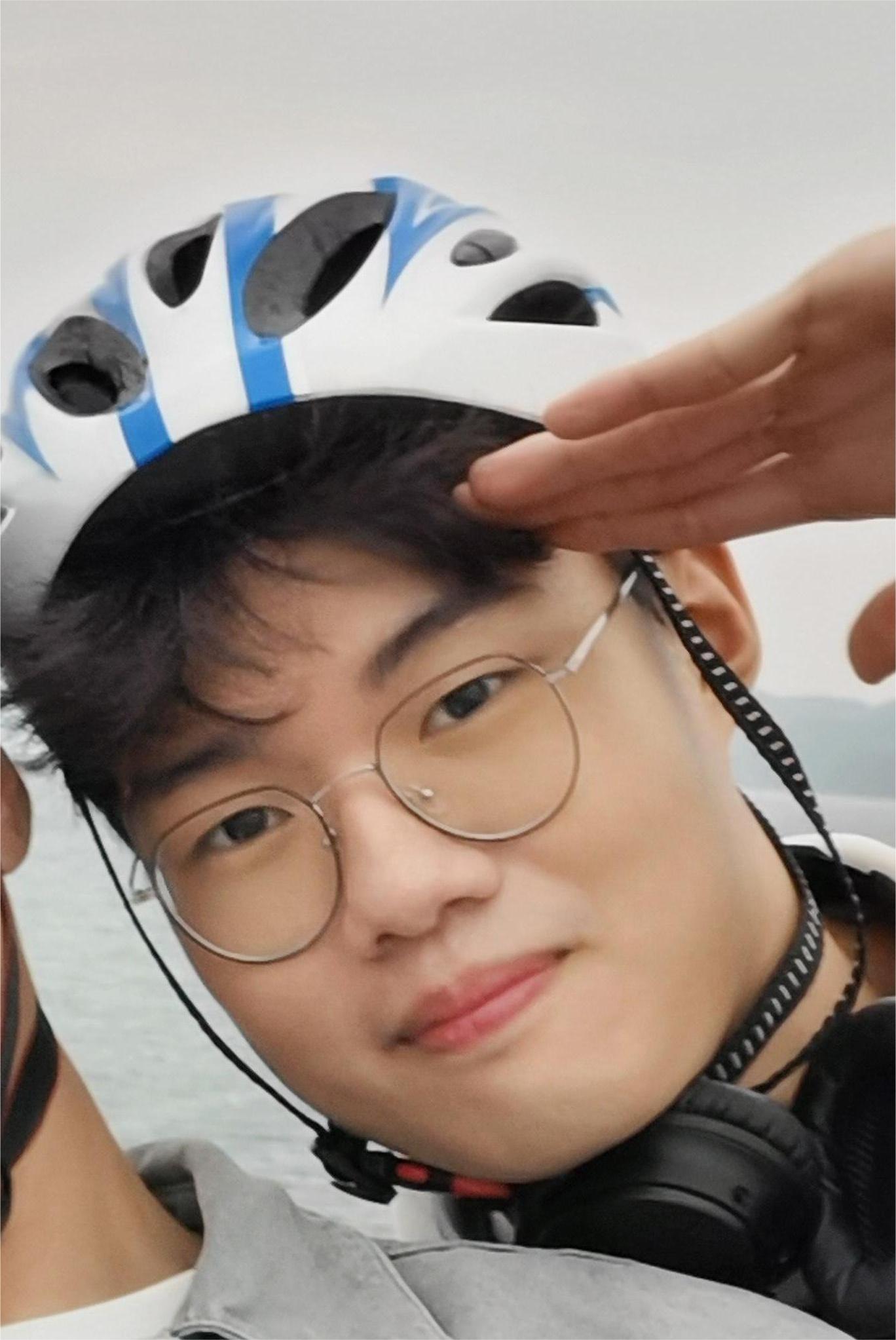
Xiangshan (Vincent) Tan
檀香山
Email: vincenttann [at] ttic [dot] edu

Email: vincenttann [at] ttic [dot] edu
Welcome! My name is Xiangshan Tan, and you can call me Vincent as well. I'm currently a PhD student at the Robot Intelligence through Perception Laboratory (RIPL) at Toyota Technological Institute at Chicago (TTIC), where I am advised by Prof. Matthew R. Walter. Before starting my PhD, I obtained my Bachelor's degree from the College of Control Science and Engineering (CSE) at Zhejiang University (ZJU).
My research interests include robot learning, contact-rich manipulation, tactile sensing, and spatial understading in 3D space.
My personal website is currently under construction and will be ready soon.